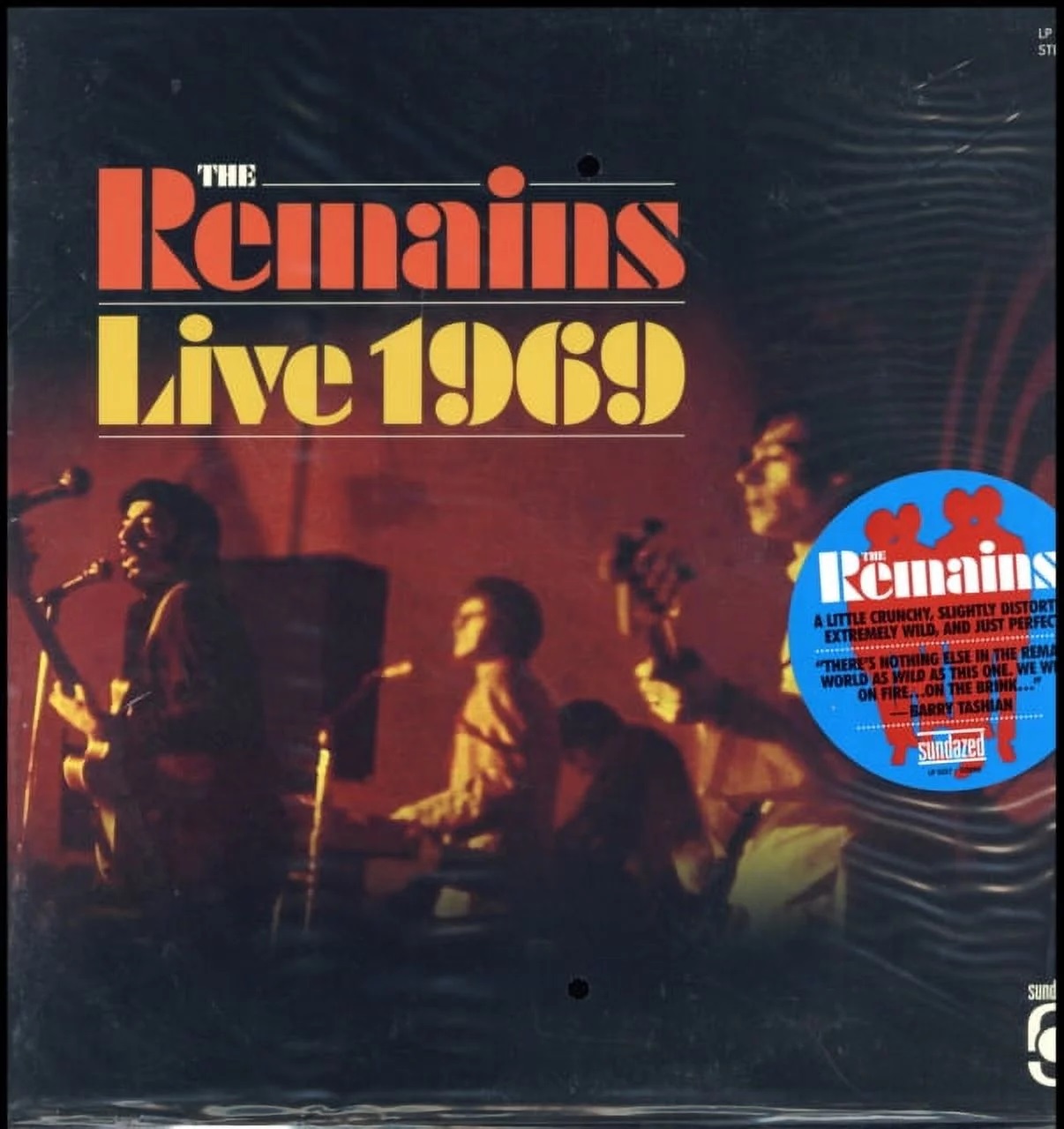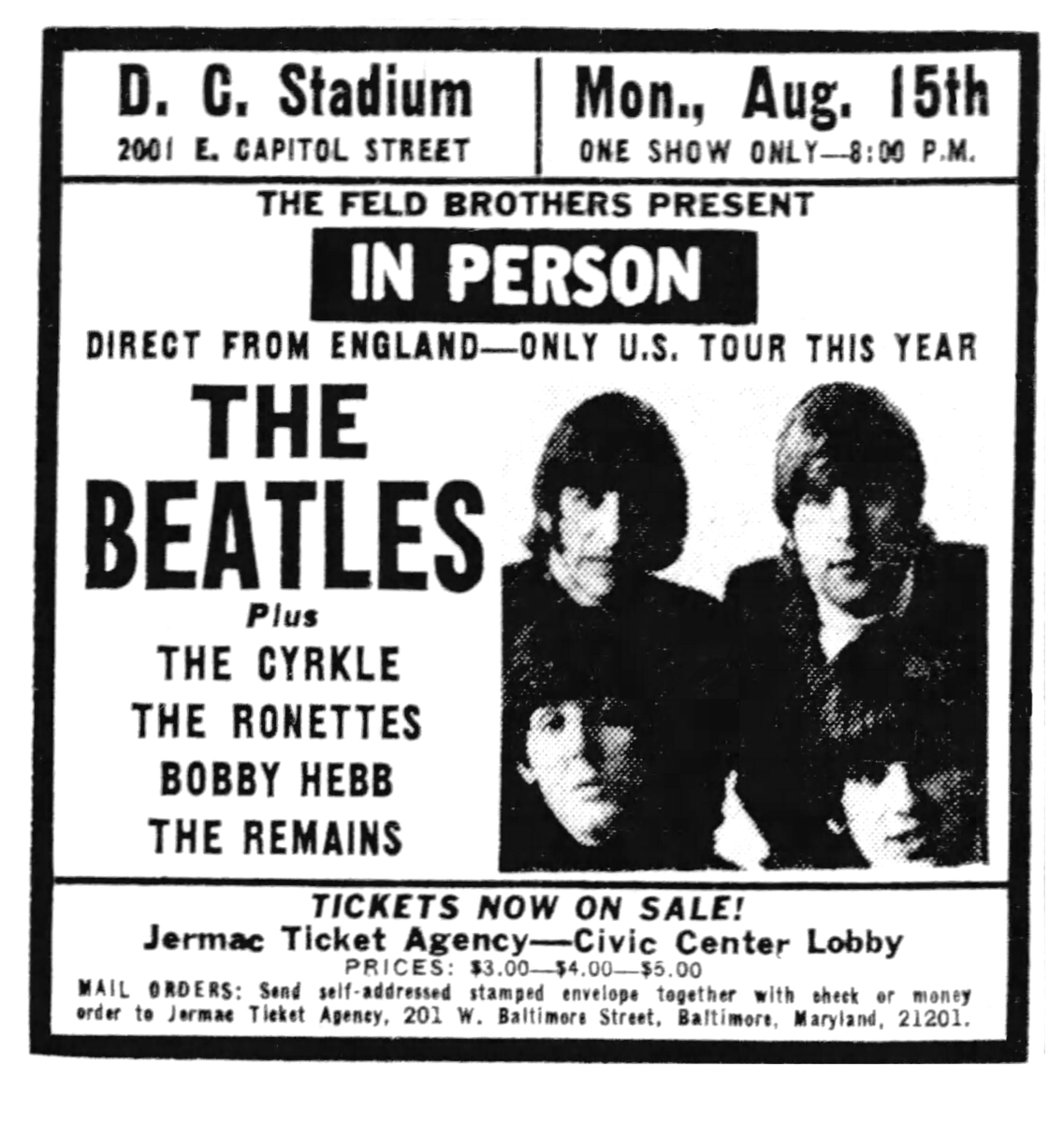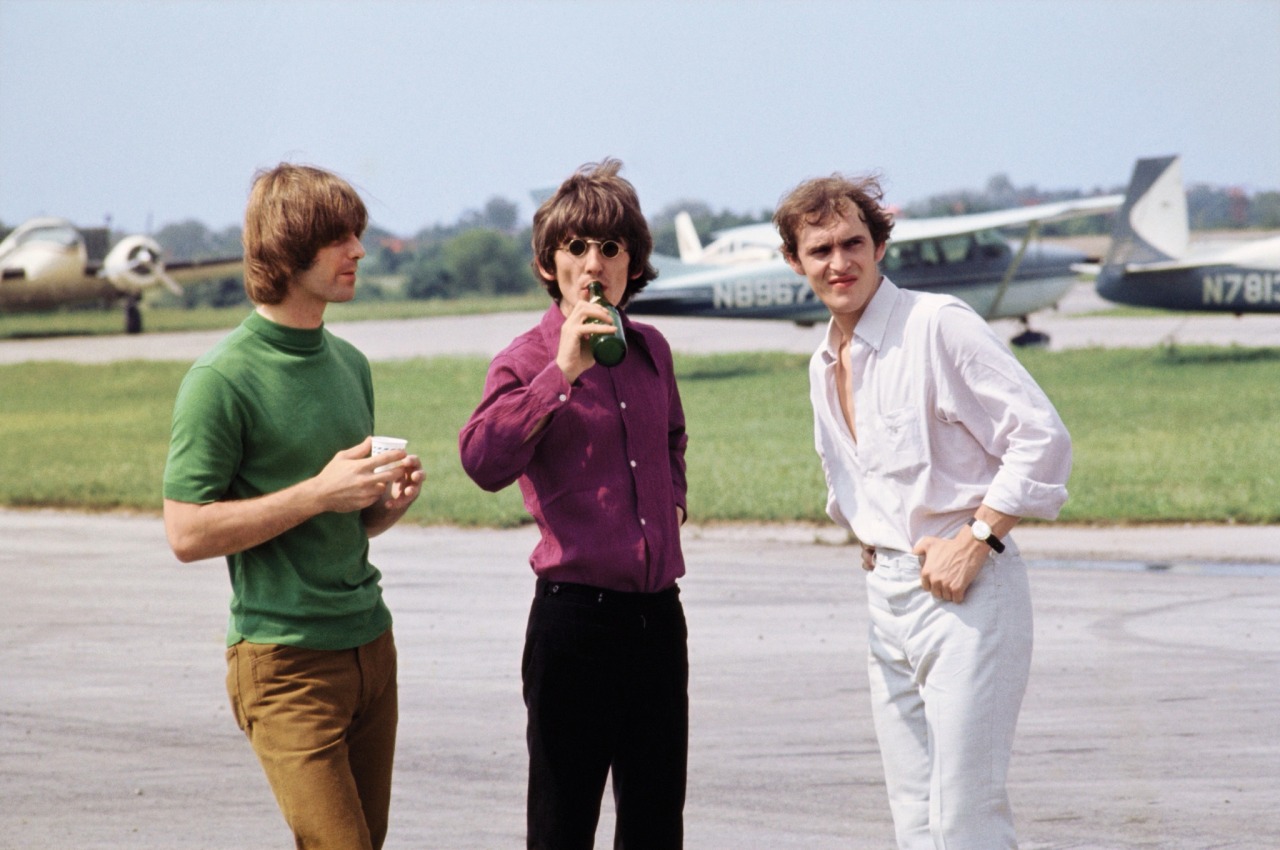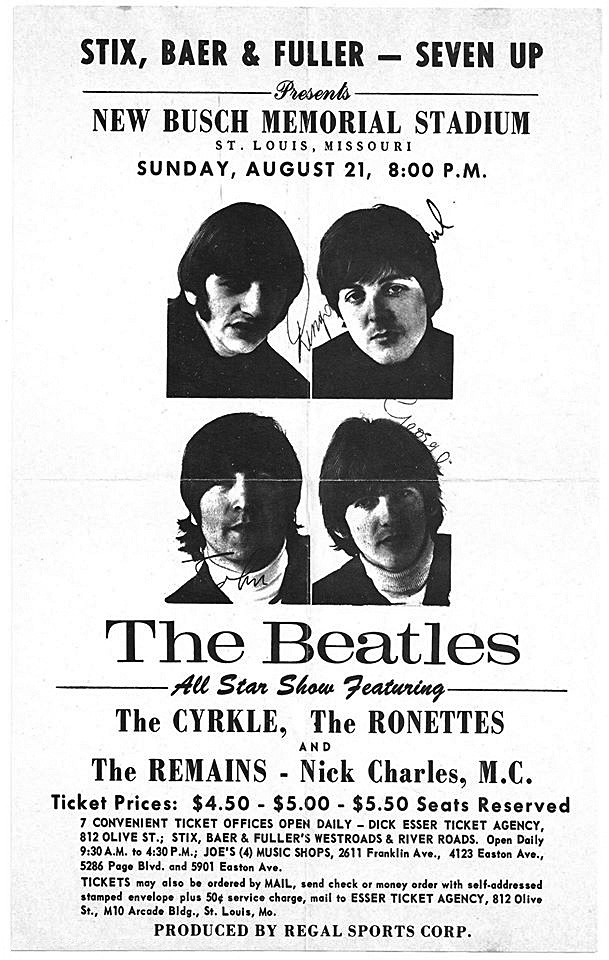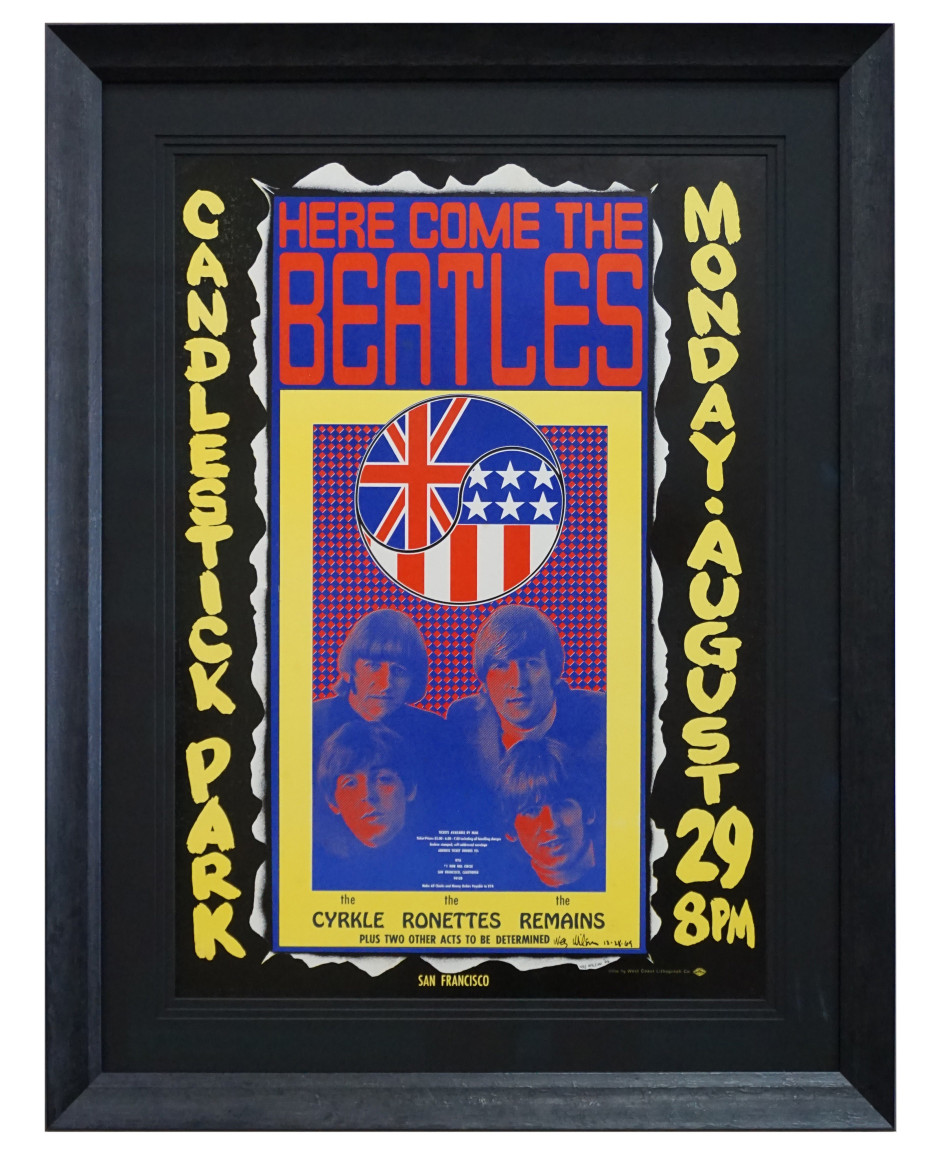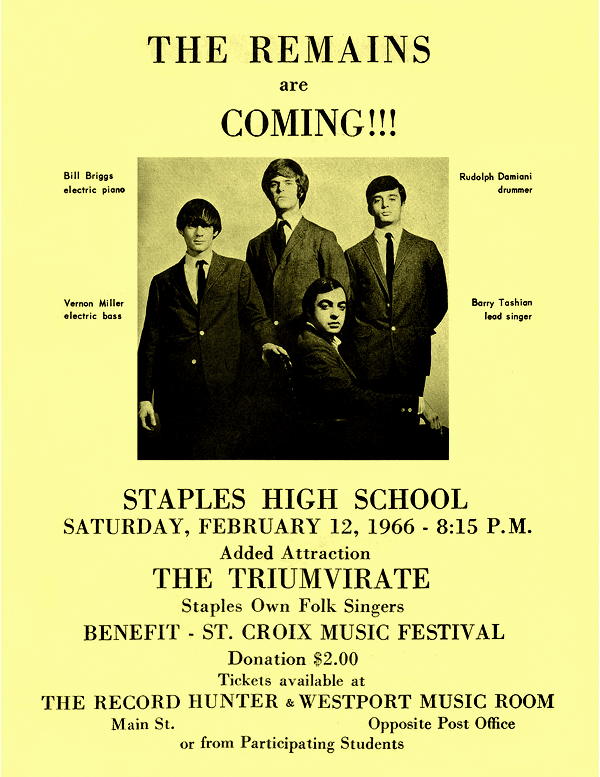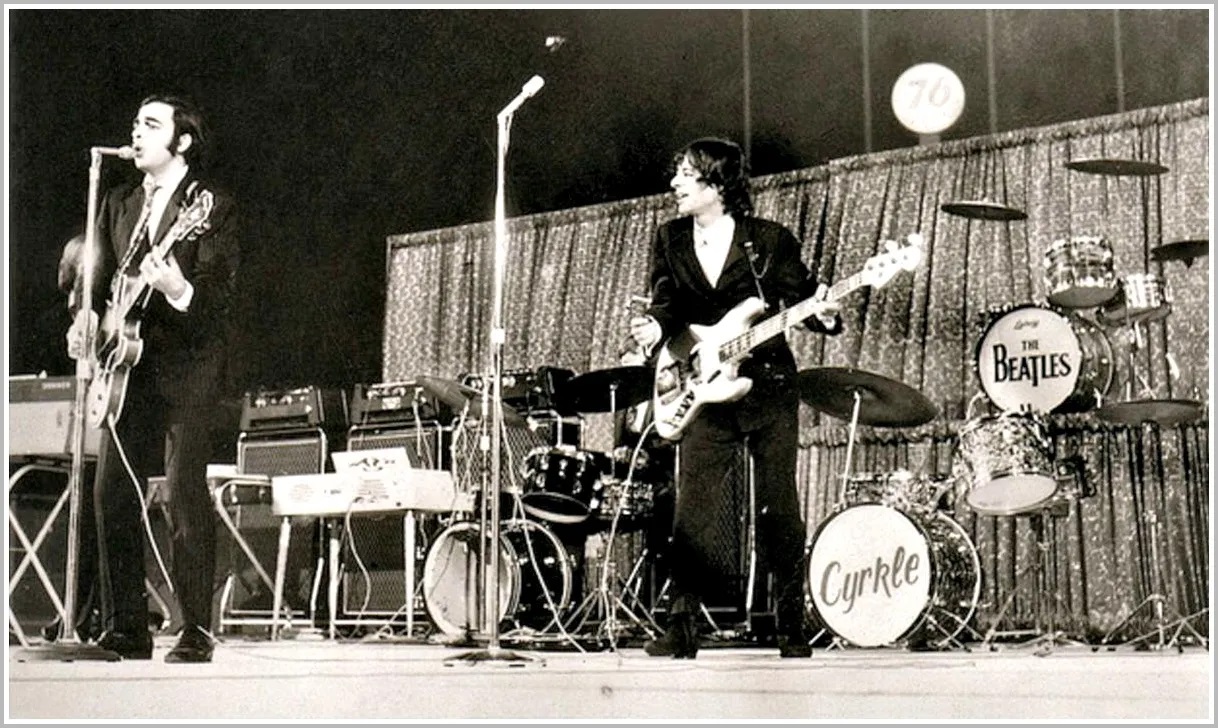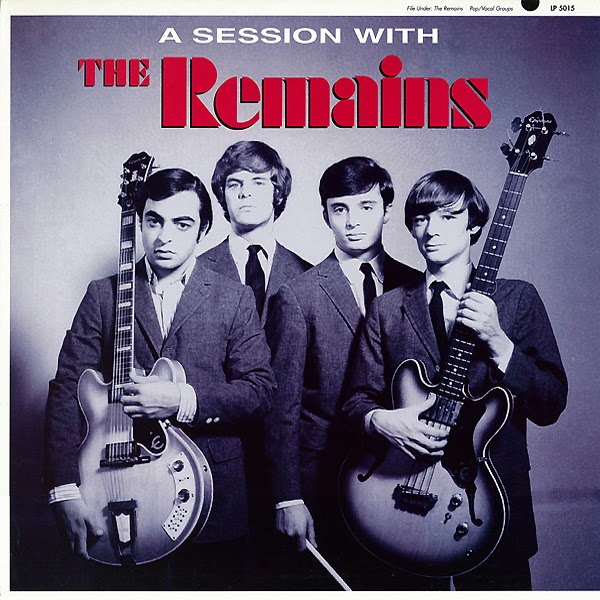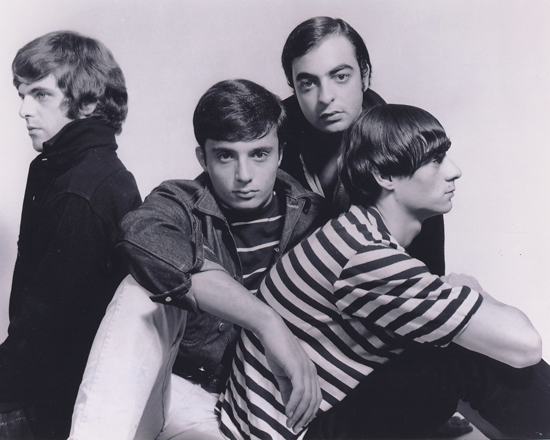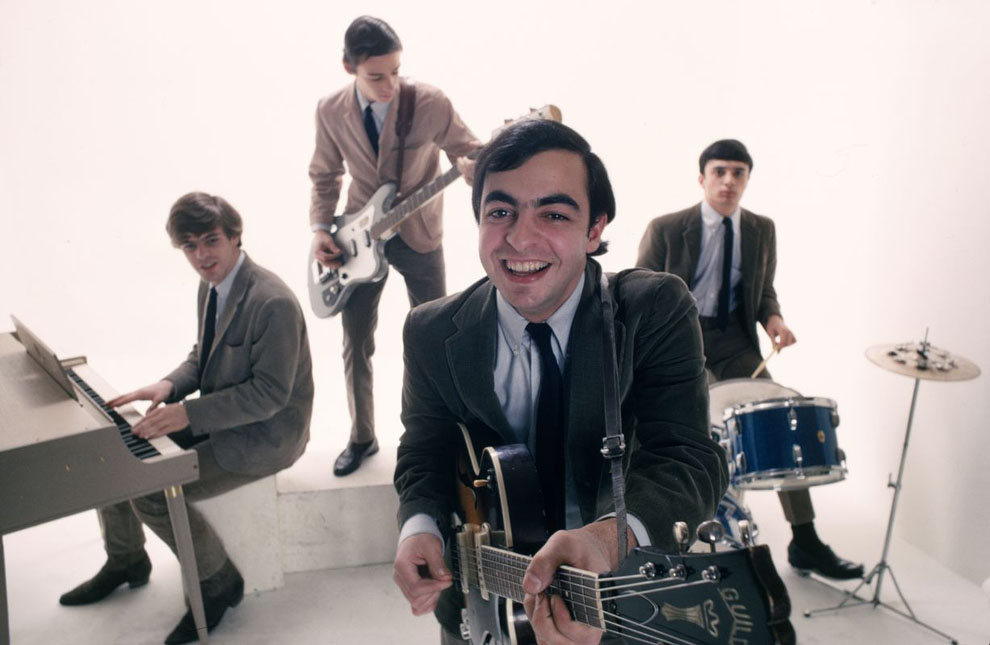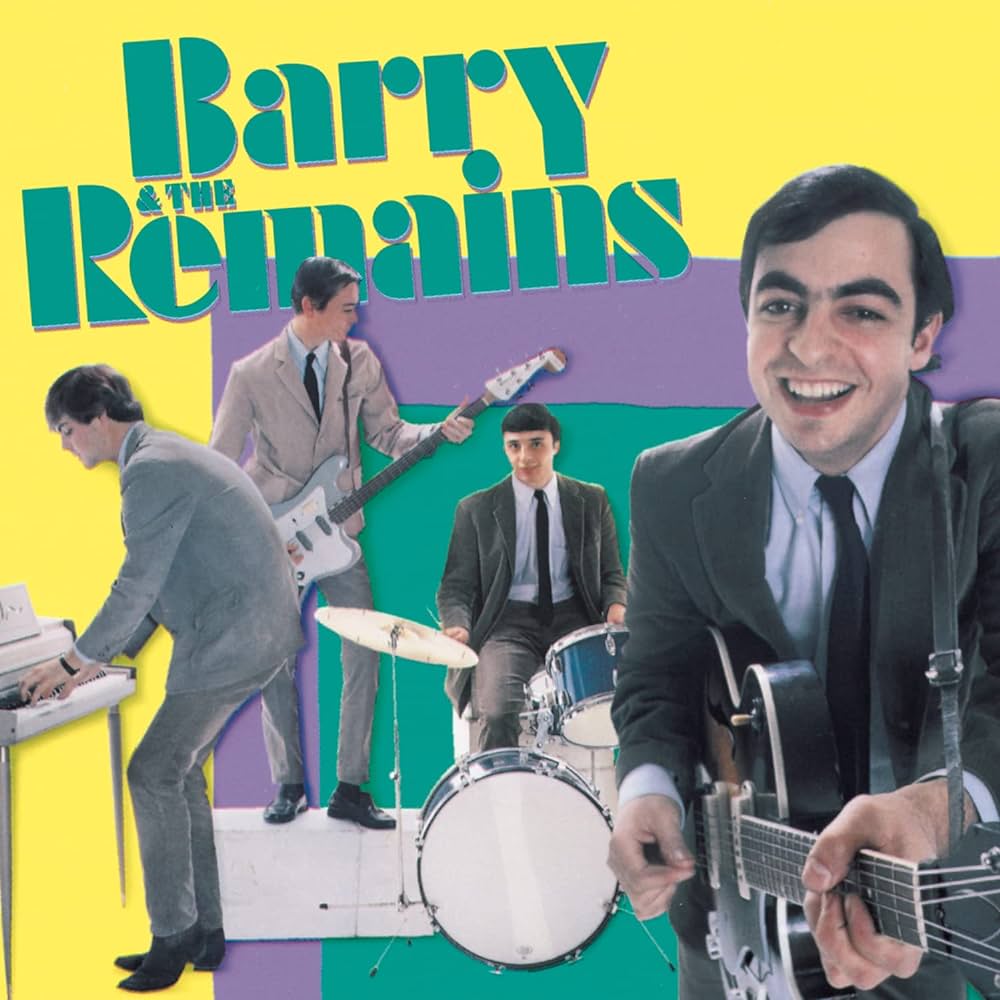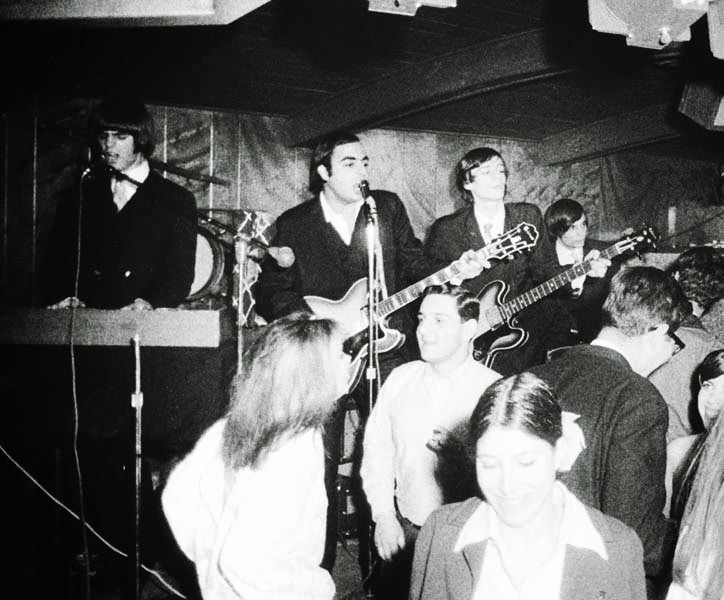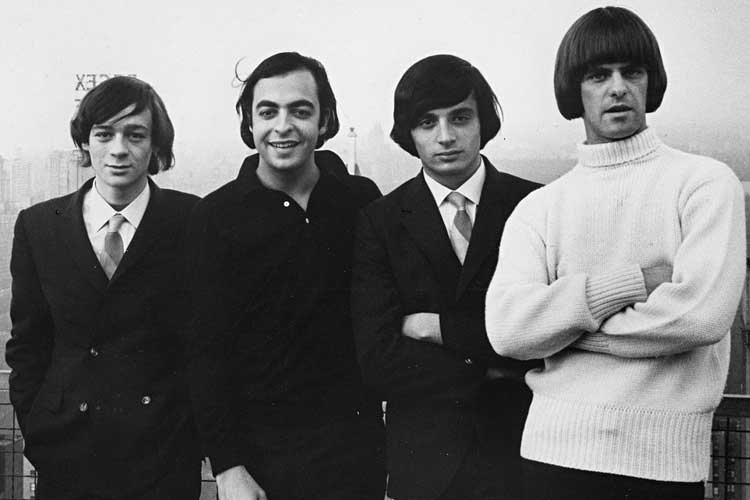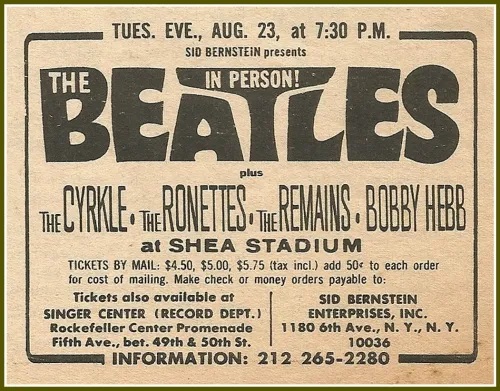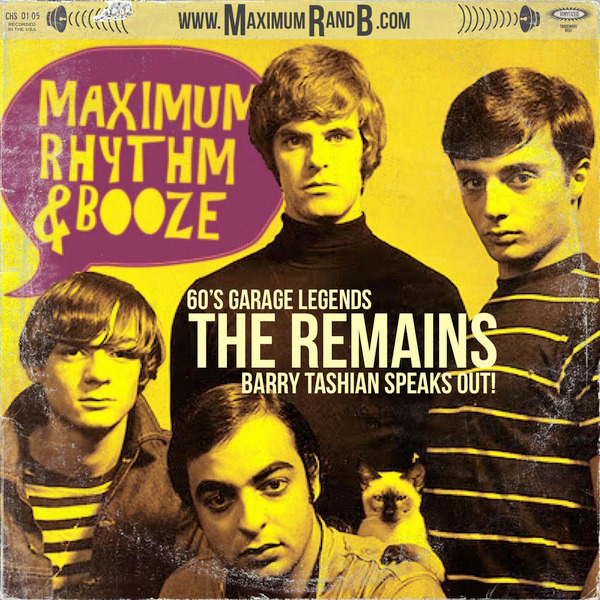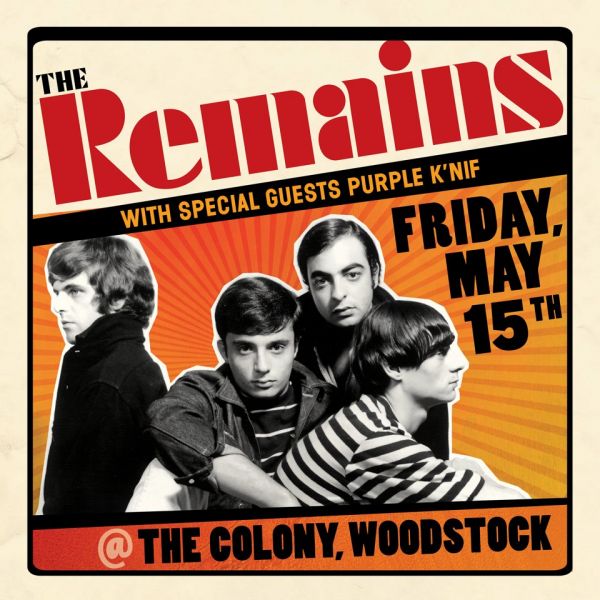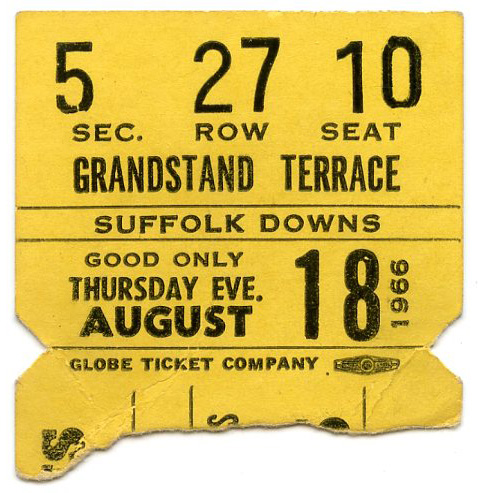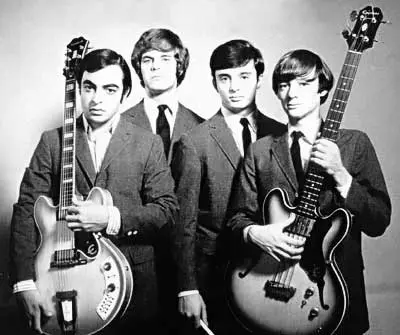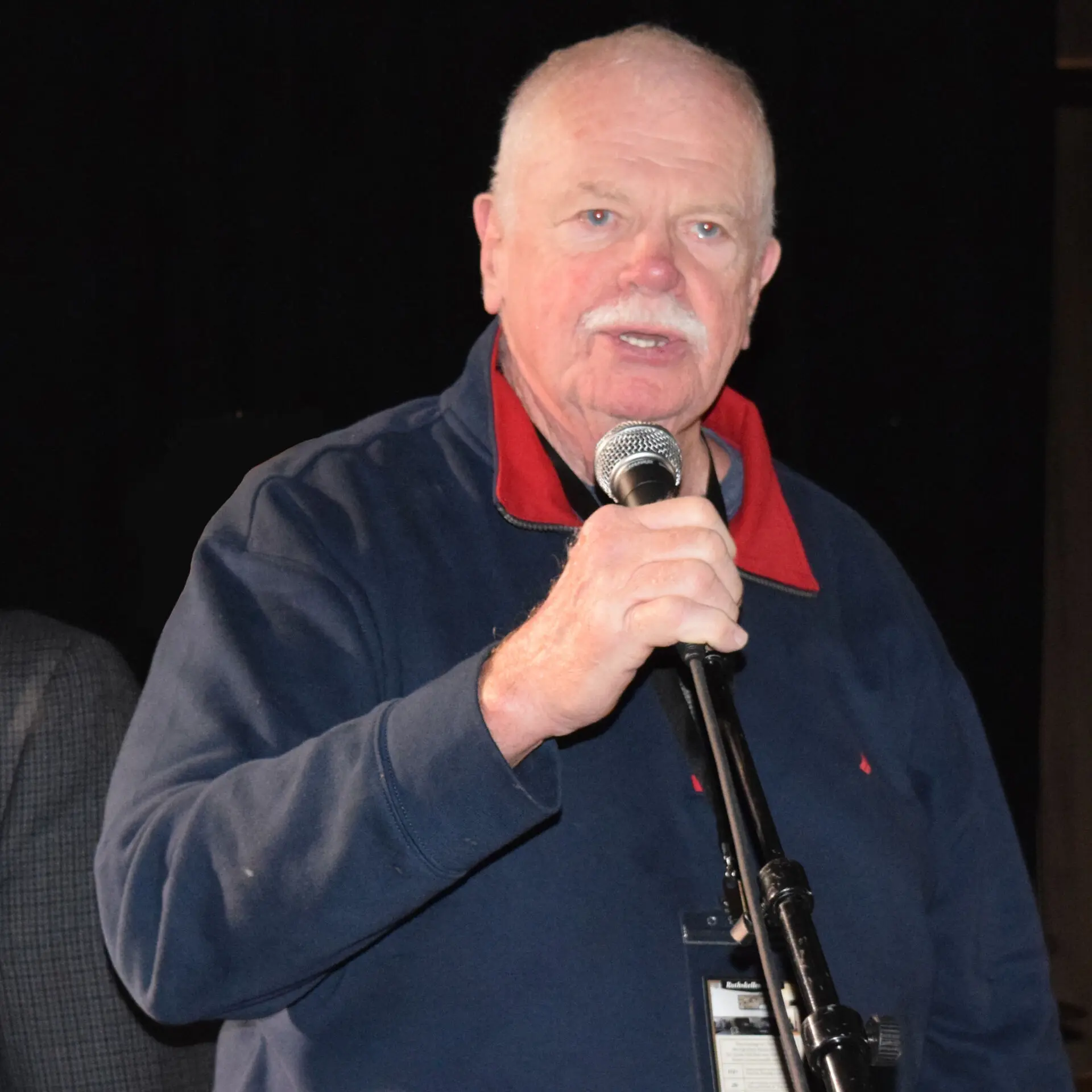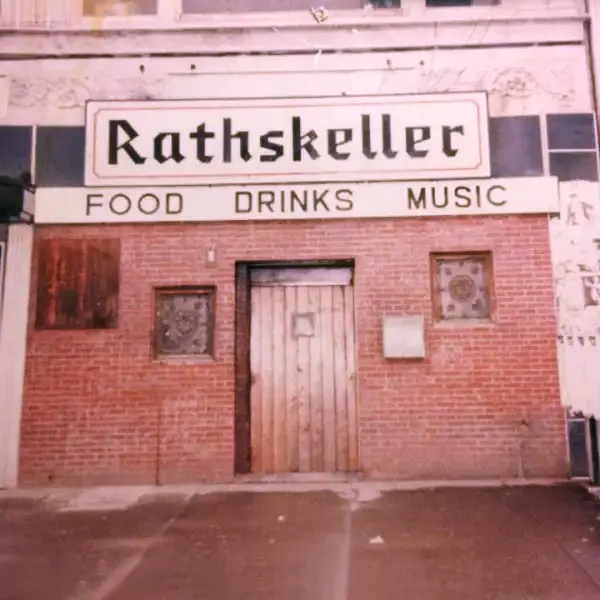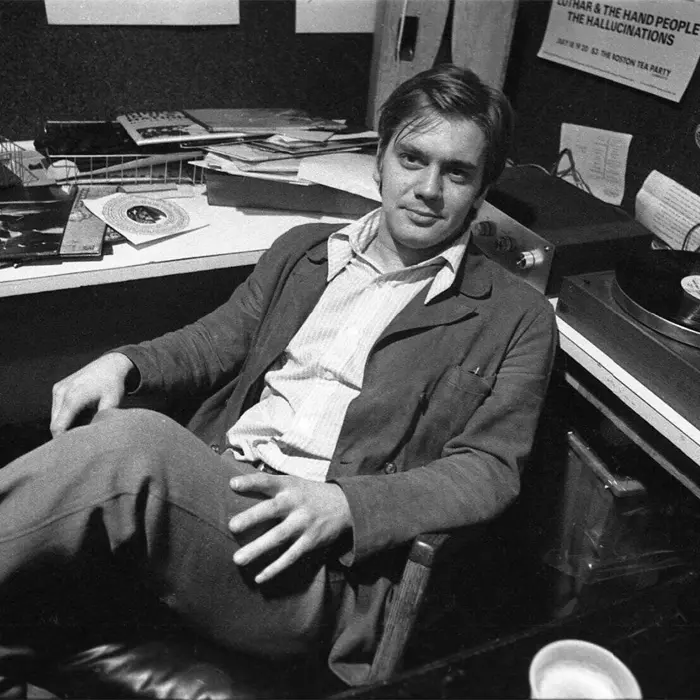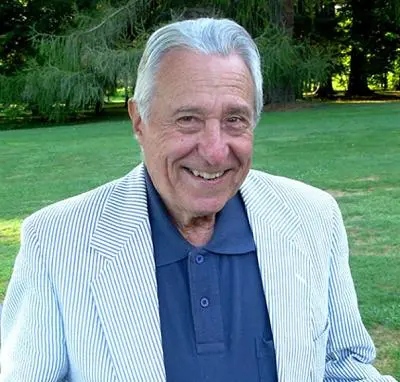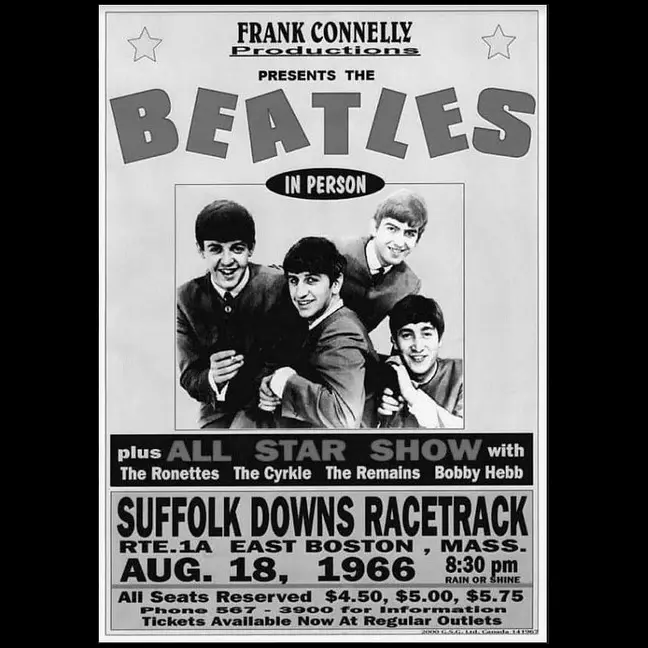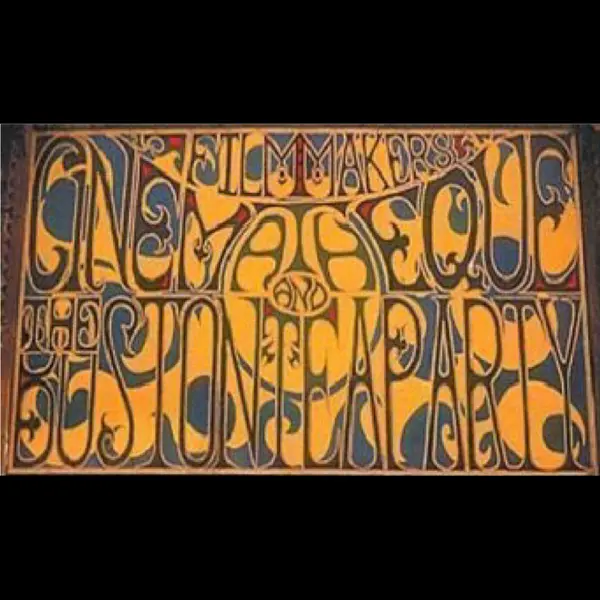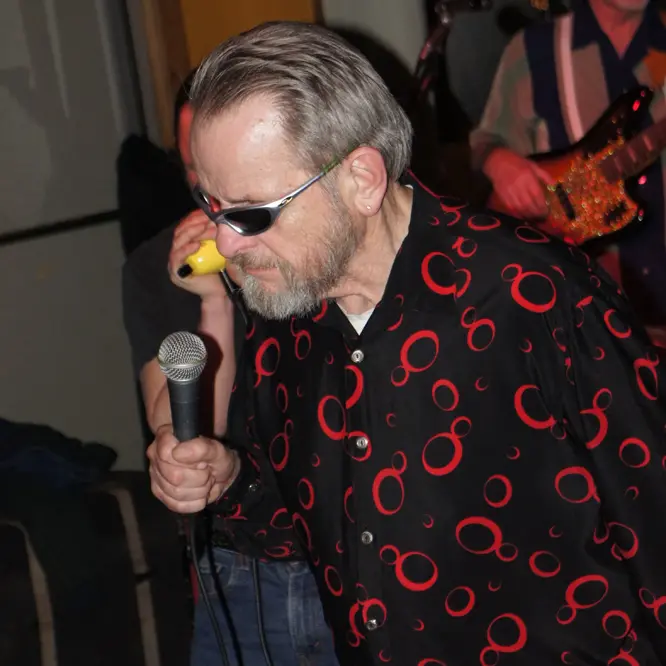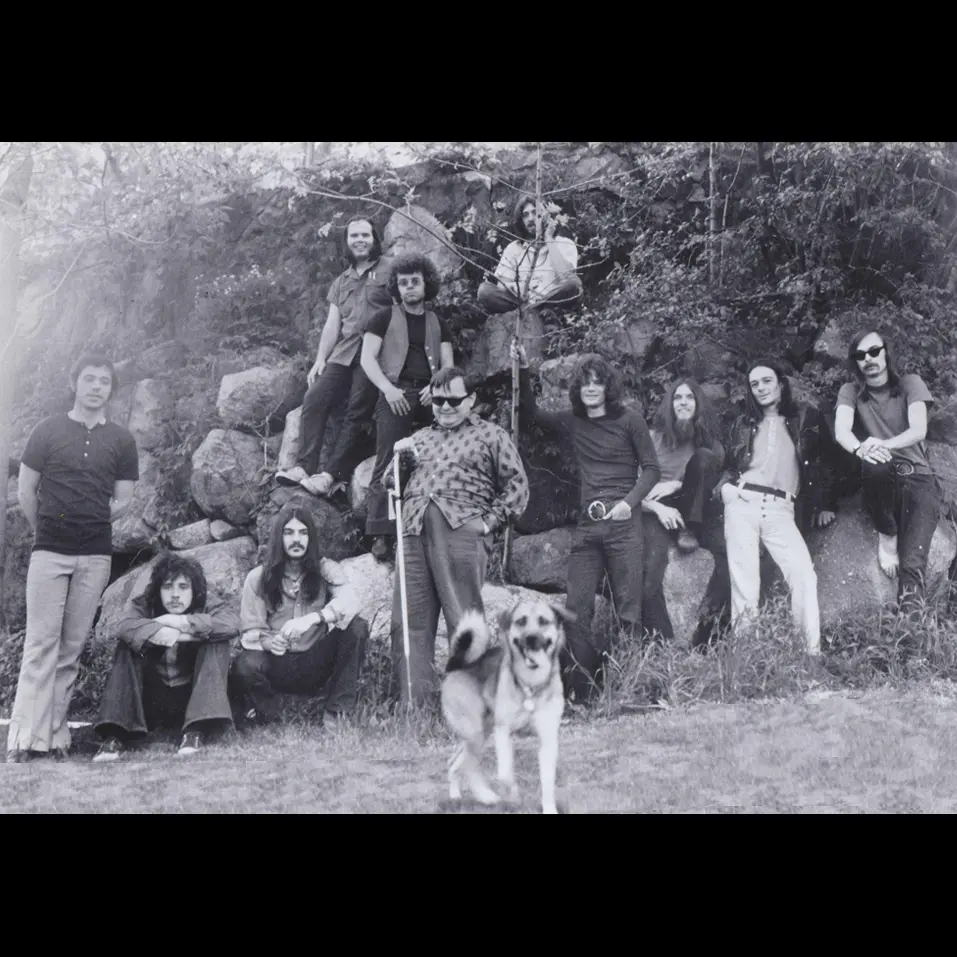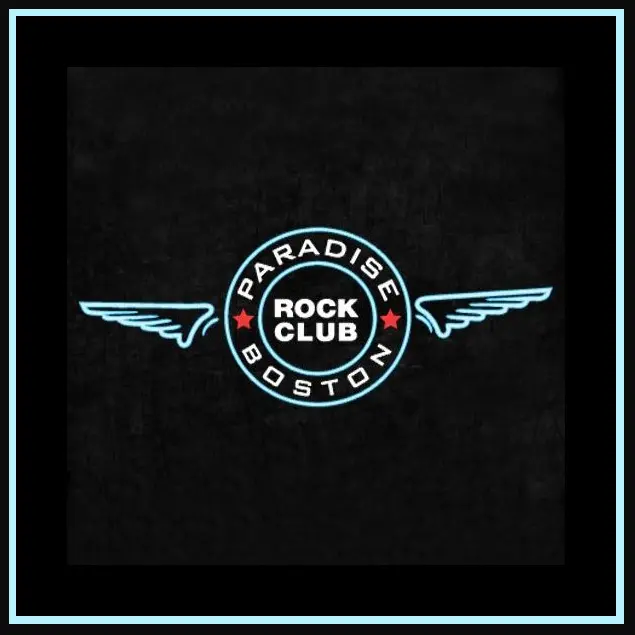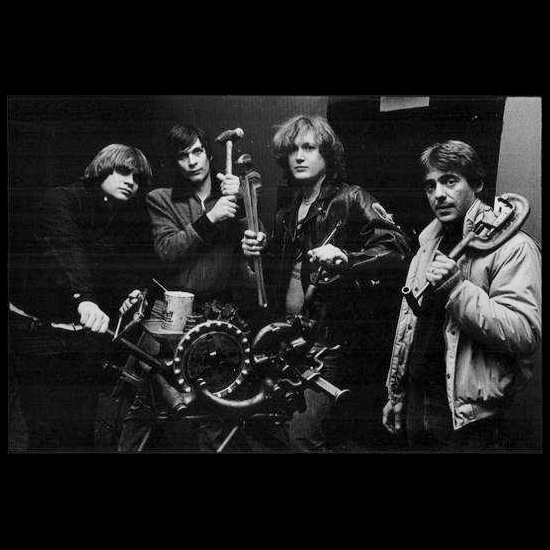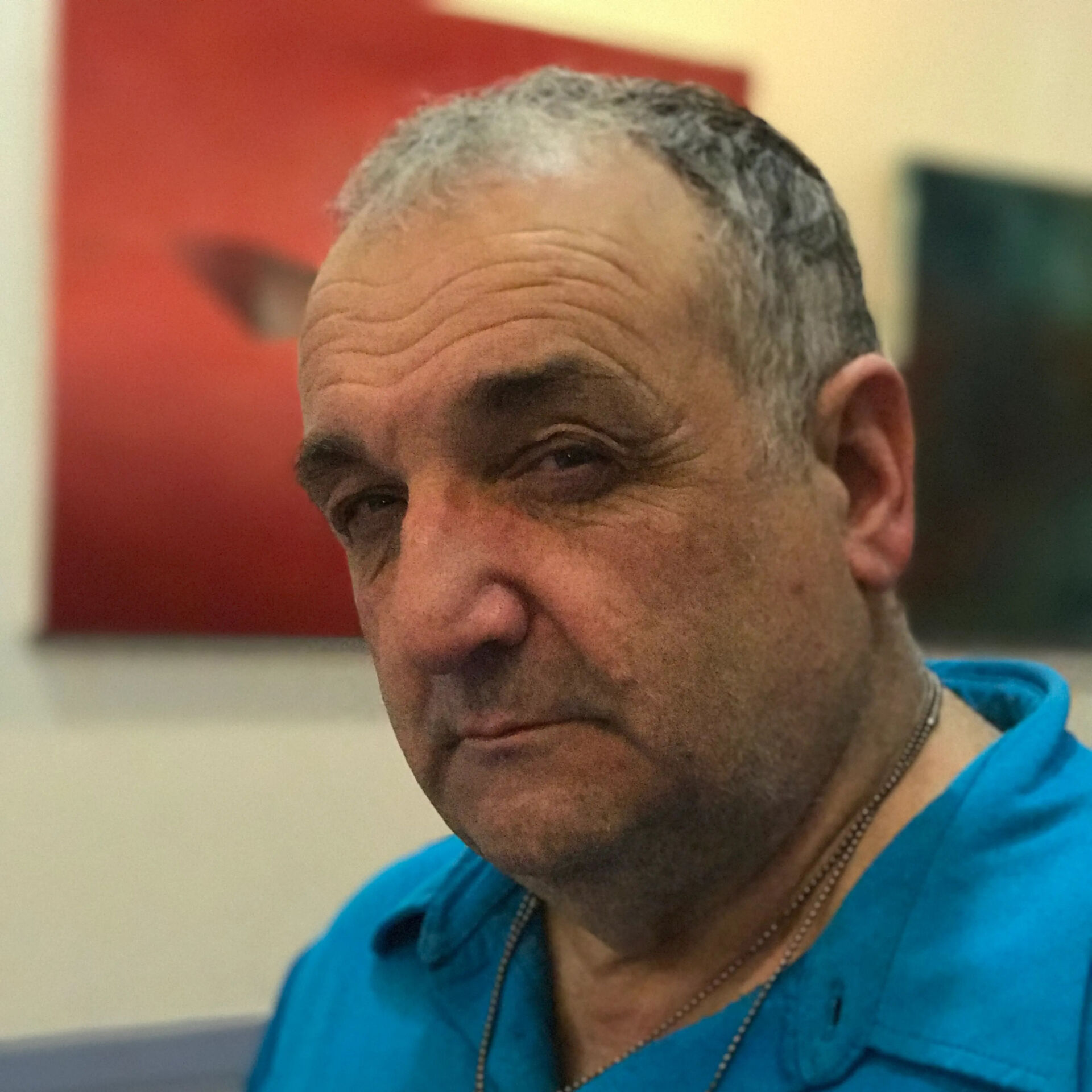The Remains
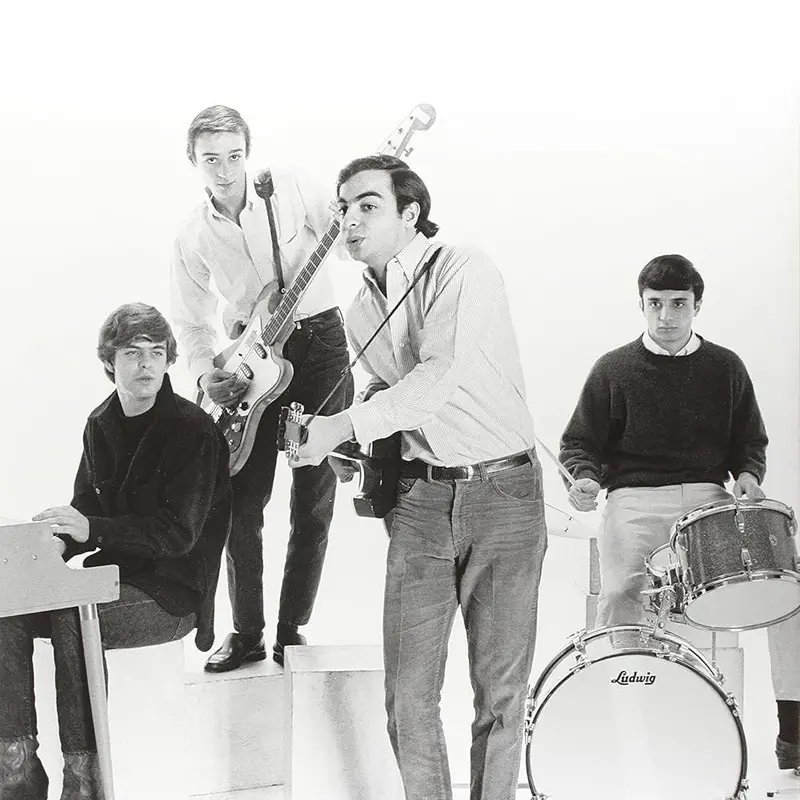
What’s the name of a Boston-based garage-rock quartet so tantalizingly tight that they opened for The Beatles and are now considered one of the most underrated ‘60s bands, despite having been mostly a regional hit and breaking up before their first album was even released? For pop-music aficionados in New England and across the world, that’s not an obscure bit of rock trivia since the answer is almost obscenely obvious: The Remains.
Though they were together full time for only two years – from September 1964 until August 1966 – The Remains’ fusion of British Invasion bands’ power-pop punch, streamlined songcraft and amped-up attitude with vintage blues riffing and R&B-esque vocalizing made their raucous live shows the stuff of mid-‘60s-rock legend. With a remarkably mature sound and charisma-laden stage presence that belied the members’ youth, the group had all the hallmarks of gigantic success and fans were dumbfounded by their sudden break up, a split which frontman Barry Tashian chalked up to “basically fate” in 1997.
Formation
The band was formed in September 1964 by guitarist/vocalist Barry Tashian, a Connecticut native, and three of his fellow Boston University sophomores, two from Connecticut – pianist Bill Briggs and drummer Chip Damiani – and one from New Jersey, bassist Vern Miller. Within just a few months they were a local sensation, playing revamped covers and rippin’ originals at colleges and other venues, including “Remains Night” shows at TJ’s in Kenmore Square (later the Rathskeller, which Jimmy Harold bought in 1974 and turned into a punker’s paradise).
Tashian has cited his time in the UK in 1963 as his impetus for assembling the group. “I’d made a trip to England the summer before we got together,” he’s said. “I saw what The Rolling Stones were doing with old blues songs and saw The Beatles and the Kinks. I thought, ‘That’s great, I could do that,’ so I came back to Boston very excited and asked these guys if they wanted to form a band.”
Epic signing, First singles
In December 1964, a mere three months after forming, The Remains signed with Epic, a deal Tashian has credited in large part to music producer Don Law, whose son Don Law, the future promoter, lived in the same dorm as the bandmembers and who’d introduced them to promoter Fred Taylor’s agency, H.T. Productions. The deal resulted in the band being booked across New England practically out of the gate.
In early 1965, Epic sent the group to Nashville to record with George Jones’ and Tammy Wynette’s producer Billy Sherrill, resulting in a surprisingly downbeat first single, Miller’s “I Can’t Get Away from You,” which didn’t chart. The next, Tashian’s up-tempo “Why Do I Cry,” saw limited airplay outside New England and the third, Chuck Berry’s “I’m Talkin’ About You” b/w Bo Diddly-Willy Dixon’s “Diddy Wah Diddy” also went nowhere nationally.
The Ed Sullivan Christmas Show, Capitol audition
Their prospects brightened beyond all expectations later that year, however, when they were playing at Trudy Heller’s nightclub in Greenwich Village and Ed Sullivan came in, watched the gig and invited them to appear on The Ed Sullivan Christmas Show in December 1965. One of Tashian’s former roommates at BU was the son of an executive at Lorillard Tobacco, one of the Sullivan show’s biggest sponsors, and in 2018 Tashian said that he still wonders if strings had been pulled. “I never really knew who spoke to whom,” he said. The band also appeared on the short-lived NBC variety series Hullabaloo.
In mid-1966, the band recorded their eponymous debut LP for Epic, but before the sessions started their manager arranged a recorded audition with Capitol Records since the group was frustrated with Epic’s marketing. “We felt like the poor cousins to Bobby Vinton, Ed Ames and The Yardbirds,” Tashian has said, referring to the label’s then-best-selling acts. While the audition didn’t result in a Capitol contract, in 1996 Sundazed Records released the tapes as A Session with the Remains.
Touring with The Beatles, Ticket to Ride, Disbanding
In June 1966, Bob Bonis of General Artists Corporation told the band they’d been selected as an opening act for The Beatles along with Bobby Hebb – who had a #1 hit that year with “Sunny” – and The Cyrkle – managed by Brian Epstein – on what would become the Fab Four’s final US tour: 14 cities, including a show at Suffolk Downs on August 18th. The Remains had opened before for Bo Diddley, Chuck Berry and other major stars and wanted to begin headlining only, but accepted the once-in-a-lifetime offer immediately. In his book Ticket to Ride: The Extraordinary Diary of the Beatles Last Tour (Dowling Press, 1996), Tashian provides a day-by-day account of the tour.
Just 72 hours after the tour’s final concert on August 29 in San Francisco, however, The Remains were finished. “I dissolved the group three days after the tour was over,” Tashian said in 1997. “It was when we realized that we’d never be a big as the Beatles. I was 21, and that’s the sort of thing that goes through the head of a 21-year old.” Part of his exasperation, Tashian has said, was that Damiani left the group shortly before the tour began, replaced by N.D. Smart. “I felt like the flame burned down without our original drummer,” Tashian has said.
Debut album release, “Don’t Look Back,” Late ‘60s shows
In September 1966, less than a month after the split, Epic issued the band’s eponymous 10-track debut. The LP included six originals but only the Billy Vera-penned “Don’t Look Back” saw significant airplay, becoming the band’s best-known single to this day. In 1972, the track appeared on the Elektra compilation Nuggets: Original Artyfacts from the First Psychedelic Era, 1965-1968, rekindling interest in The Remains, and the debut LP has been reissued by Spoonfed (1978) and Epic (1991).
Though officially disbanded, the group played together several more times in the late ‘60s with Damiani back on drums, including an appearance at The Boston Tea Party on March 16, 1969, released by Sundazed in 2018 as The Remains Live 1969 and taken from a reel-to-reel tape Tashian found in his closet and sent to the label’s founder, Bob Irwin.
Post-Remains activity, Reunion shows, Movin’ On
Following the split, Tashian relocated to Nashville, played with Emmylou Harris for years and recorded several country-bluegrass albums with his wife, Holly Tashian. Miller joined blues barker George Leh in the Boston-based 11-piece band Swallow before becoming a music teacher; Briggs, who died in 2024, worked in sales and management at a Porsche dealership; Damiani, who died in 2014, ran a construction company; and Smart played with Mountain, Gram Parsons and others.
In 1998, 32 years after officially breaking up, The Remains’ original lineup reunited to play the Cavestomp Festival in New York, followed by other shows including one in March 1999 at the Paradise Rock Club in Boston (opened by The Rising Storm). In 2000, they appeared at the Las Vegas Grind along with The Standells and Lyres and in 2002 Rock-A-Lot issued their first LP in 36 years, Movin’ On, which critic Joe Viglione called “worth the wait” because the band “deliver the goods.”
European tour, America’s Lost Band documentary, “Monbo Time”
In 2006, the group toured Europe and in 2008 the documentary America’s Lost Band: The Story of The Remains premiered at the Boston Film Festival. In 2010, the band recorded the single “Monbo Time” – a tribute to Red Sox pitching ace Bill Monbouquette – and donated 50% of the proceeds to cancer research.
Among the heaps of praise piled upon The Remains during their heyday and into the 21st century, critic Mark Kemp framed things particularly well in 2007: “Had these Boston bad boys stuck it out beyond their 1966 debut, we might today be calling them – and not the Stones – the world’s greatest rock ‘n’ roll band,” he wrote. “As it is, The Remains most certainly are America’s greatest lost band.”
(by D.S. Monahan)

